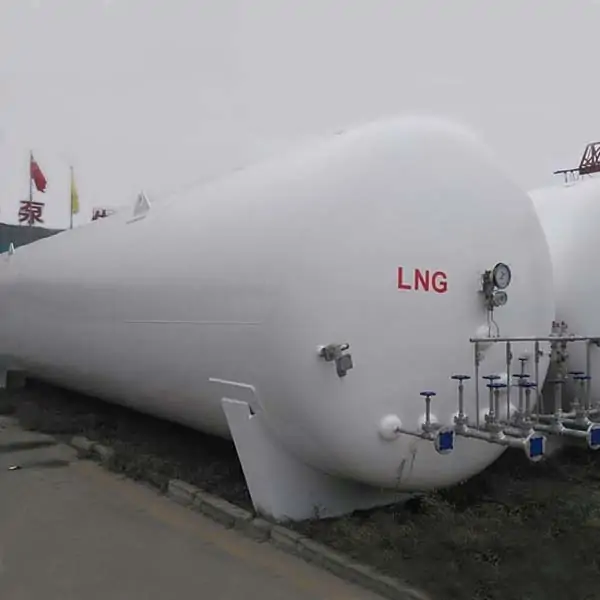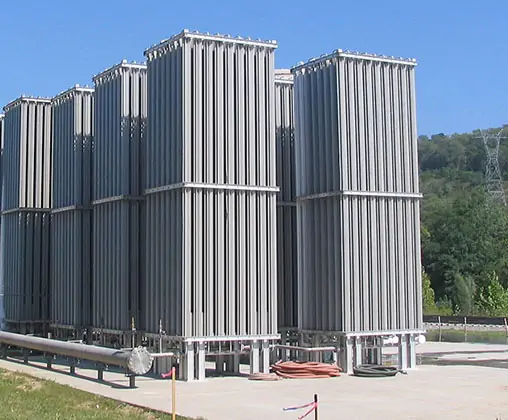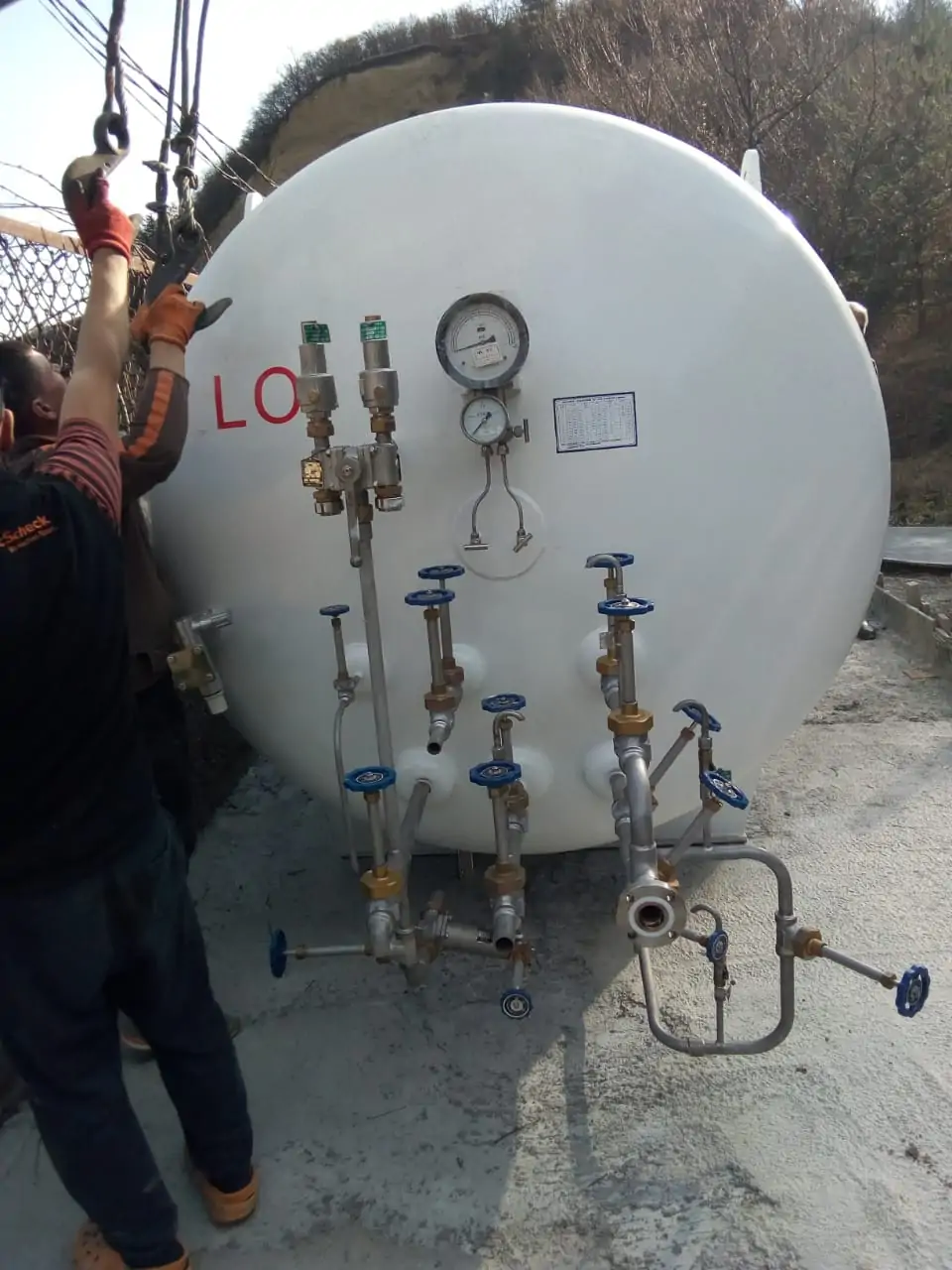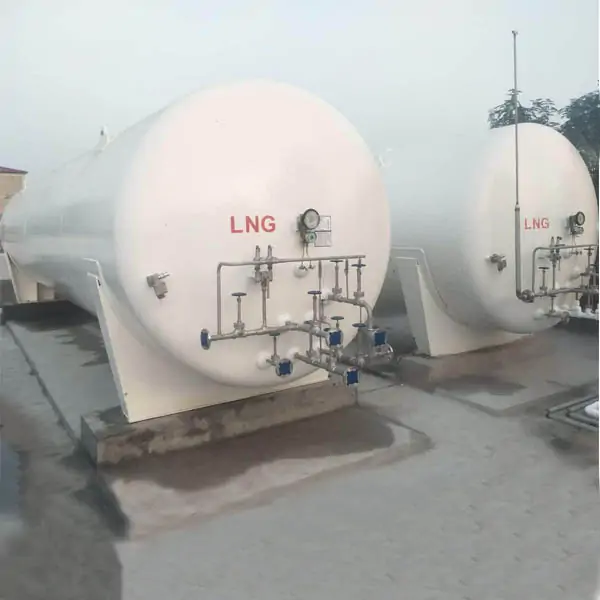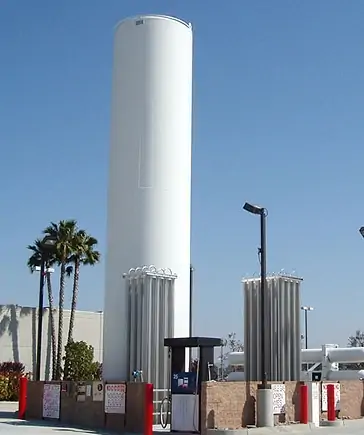liquefied natural gas (LNG) cryogenic pumps and liquid oxygen cryogenic pumps
The difference between liquefied natural gas (LNG) cryogenic pumps and liquid oxygen cryogenic pumps in design and application
The difference between liquefied natural gas (LNG) cryogenic pumps and liquid oxygen cryogenic pumps in design and application:
Working temperature: The temperature of liquefied natural gas is generally around minus 162 degrees Celsius, while the temperature of liquid oxygen is lower, about minus 183 degrees Celsius. Therefore, liquid oxygen cryogenic pumps need better low-temperature performance to adapt to more extreme temperature conditions.
Material selection: Liquid oxygen has stronger oxidizing properties, so liquid oxygen cryogenic pumps need to use more corrosion-resistant materials and strictly follow safety regulations to prevent dangers such as fire or explosion.
Sealing requirements: Liquid oxygen leakage will cause serious safety hazards, so the sealing requirements of liquid oxygen cryogenic pumps are more stringent, and a high-performance sealing system is required to ensure that no leakage occurs.
In general, there are some differences in material selection, sealing performance and safety requirements between LNG cryogenic pumps and liquid oxygen cryogenic pumps to adapt to the characteristics and working conditions of different media.




















































































































